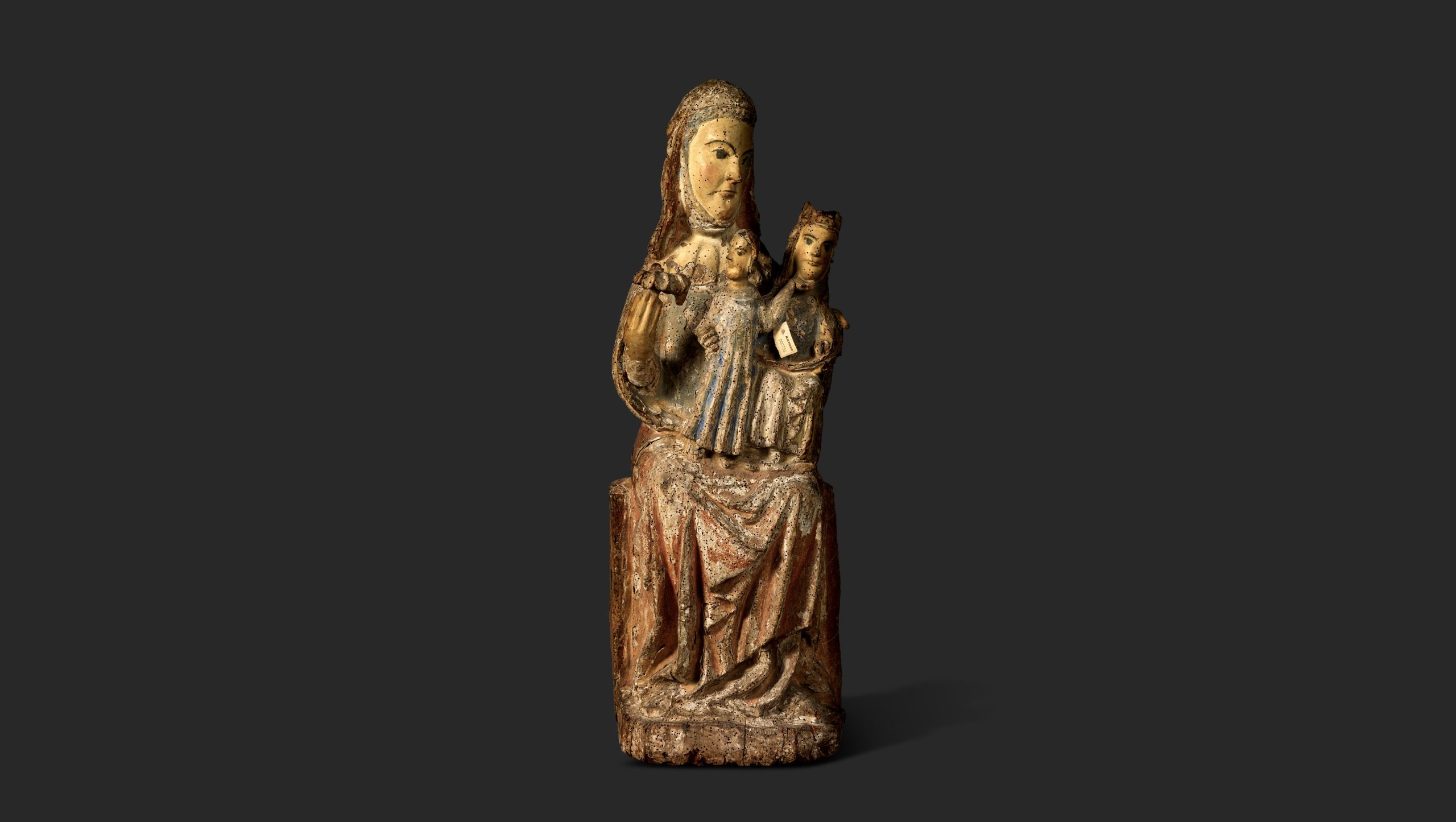Grandmothers
I. Cycles of Life and Death in a Mountain Village
“Mountain Shepherd: Saint Anne, grandmother/ Dress him up nice/ All pretty now / For the children’s fair / All pretty now.»
Diego Sánchez de Badajoz, Jousting Comedy, 16th century
“Mother and daughter in one tunic can go.»
Gonzalo Correas (1571-1631), Collection of sayings and proverbs
Complicated births were generally recorded at greater length in parish records than easier deliveries. For this reason, we can sometimes run the risk of exaggerating certain associated elements, such as the maternal mortality rate in or after labour. Nevertheless, thanks to this custom of noting the exceptional or unusual, these chronicles also reveal broader aspects to us of life at the time which could otherwise have gone unrecorded. One such example is the presence and protagonism of grandmothers in the delivery chamber.
This central role stands out in the notes of some priests when recording emergency baptisms (these were sacramental rites performed immediately after the child was born, in the priest’s absence but important to record properly all the same). And it is precisely here where we see how often it would be the grandmother who attested to the use of water in the baptism, to whether the formulaic utterances had been pronounced, and what parts of the newborn’s body this “salvation water” had been poured upon.
Could it be that, in these scenes of labour, standing shoulder to shoulder with the midwife, it would as a rule be the mother’s (or occasionally the father’s) mother who ultimately oversaw proceedings? The tales of our elders hint at this, as does the often-recorded fact that midwives tended to learn their craft from their mothers, the skills and experience being handed down in this way from generation to generation. Although the grandmothers would not usually live in the same household as their daughters (or at least not until much older and needing care), in villages like Sotillo de la Adrada they would generally reside in the same locality. Interaction and cooperation across generations was continuous, then, and would take many forms, as we can see from how often the grandparents would also be the godparents.
What was the likelihood, however, that a child of the 19th century would be born with either or both grandmothers still alive? Fortunately, we can see exactly what this was in Pedro Bernardo, a village not far from Sotillo, where parish priest Toribio del Barrio kept meticulous records from 1850 to 1861: these show which of each newborn’s four grandparents were still alive and which not.
The most important findings are the following. Of all grandparents, of both sexes, some 52% would be alive at the time of birth of a grandchild. If we take only the grandmothers, 63% on the mothers’ side still lived, and 53% on the fathers’. 80% of all newborns had at least one grandmother alive, 37% with one only and 43% with both.
The contrast between these two figures makes sense when we take into account that, since the husbands tended to marry women a few years younger, the paternal grandmothers would be that much older, on average, than the mothers of their daughters-in-law. [Wolfram Aichinger, Karolina Kaniewska, Flora Menslin, Walburga Plunger, Barbara Rytsk, Fernando Sanz-Lázaro, and Sophie Winklehner.]

